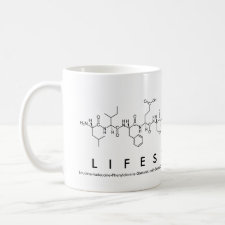
Authors: Xing JY, Shen Y, Dang WW, Yang B, Fu WC, Wang W, Bai B
Article Title: Fabrication of a photoelectric-sensitive imprinting polymer by PPy-cross-linked Gel/CS complex and its comprehensive treatment of Cr(VI).
Publication date: 2020
Journal: Polymer Bulletin
Volume: 77
Issue: (2)
Page numbers: 869-882.
DOI: 10.1007/s00289-019-02780-5
Abstract: Adsorption is a common method for treating pollutants. High-concentration chemical reagents are always involved in the traditional desorption process, which leads to chemical waste and secondary environmental pollution. To alleviate this problem, polypyrrole (PPy), combined with two inexpensive and renewable biomass compounds, gelatin (Gel) and chitosan (CS), was used to fabricate a novel photoelectric-sensitive Cr(VI) ion-imprinting composite, namely, Gel/CS/PPy. Except for the higher selectivity to Cr(VI), the photoelectric property of PPy enables Gel/CS/PPy to be regenerated with the aid of light and electricity. The result shows that electro-assistant can improve the desorption efficiency by 140%, while photo-assistant can improve the desorption efficiency by 19.8%. As a result, the desorption process will greatly reduce the dependence on chemical reagents and the secondary pollution to the environment
Template and target information: chromium ion, Cr(VI)
Author keywords: ion-imprinting polymer, polypyrrole, Photoelectric sensitive, chromium (VI), Electro-assisted regeneration, Photo-assisted regeneration



Join the Society for Molecular Imprinting

New items RSS feed
Sign-up for e-mail updates:
Choose between receiving an occasional newsletter or more frequent e-mail alerts.
Click here to go to the sign-up page.
Is your name elemental or peptidic? Enter your name and find out by clicking either of the buttons below!
Other products you may like:
 MIPdatabase
MIPdatabase









